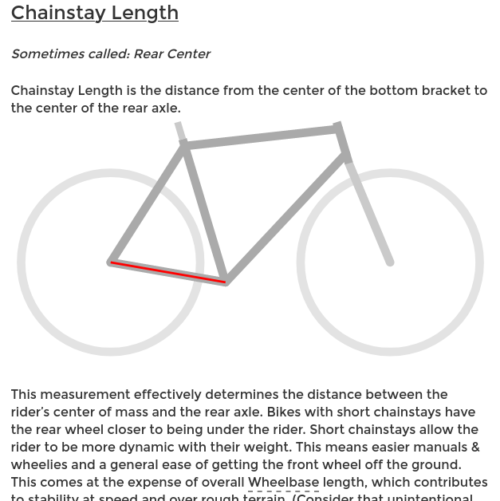The concept is simple. A neutral track racer—not a derny motorcycle as used at the Olympics—starts in front of a peloton of nine racers and sets the pace for about a mile. He systematically increases the speed to 50 kilometers per hour and leaves the track half a mile before the finish. That’s when the keirin racers start jostling for position before making their sprints to the finish line.
World War II left Japan in massive debt. Money was necessary for the country to rise up from the debris of the atomic bombings of Hiroshima and Nagasaki, so, in 1948, the Japanese government introduced the sport of keirin, with the intent of gaining from the gambling that accompanied it. The same goes for keiba (horse racing) and keitei (powerboat racing).
That is why the keirin rulebook has remained unchanged since its introduction 70 years ago. This is the opposite of the rules in western sports, where they are ever changing. So today, every keirin race in Japan is still based on nine identical steel-framed track bikes, the only difference between them being the seat’s height.
It’s a gambling sport, so the money the racers make depends on the bets made by keirin fans. At the beginning of each race, those fans receive information on the competing cyclists, including their condition, the thickness of their thighs, their blood type, their race tactics and, in some cases, their zodiac sign. For the people watching this is more than a sport.
Injuries are very common here—the average keirin racer breaks his collarbone twice in his career. That’s understandable if you know about all the contact allowed during the sprints. You even see the occasional head butt, which in turn explains why the helmets are the size of an astronaut’s.
The monastic life on the Izu peninsula prepares the students for the loneliness of a keirin tournament. Before each tournament, they go into a kind of quarantine, to counter match fixing. Again, the riders have to hand over their mobile phones and laptops to the organizers, and just a bed, a bicycle and a series of races await them. For days, they can only talk to each other.



